Inspired by Jankuary last year, I considered what my worse camera was, and knew that it had to be the first generation Lytro. As a photography enthusiast, the chances are you’ve heard of Lytro and light-field cameras. To save telling you what you may already know, I suggest a visit to Wikipedia and perhaps Youtube if you’re intrigued into how they work and why no one uses them. Essentially, light-field cameras capture depth information as well as colour and luminosity. This allows them to know the distance where the light came from within the picture and allow you to choose later on, what the focus and depth of field is. The main selling point was that it didn’t matter what happened during exposure time, you can choose what is in focus later. The first Lytro cameras came out in 2012 and seem to be an attempt to garner interest and further investment in the company. The Illium which was a ‘pro’ camera came out a couple of years later before the company went bankrupt with possibly the most expensive cinema camera ever made, a multi-lens VR camera, and a 360 degree camera that I think was just a concept.
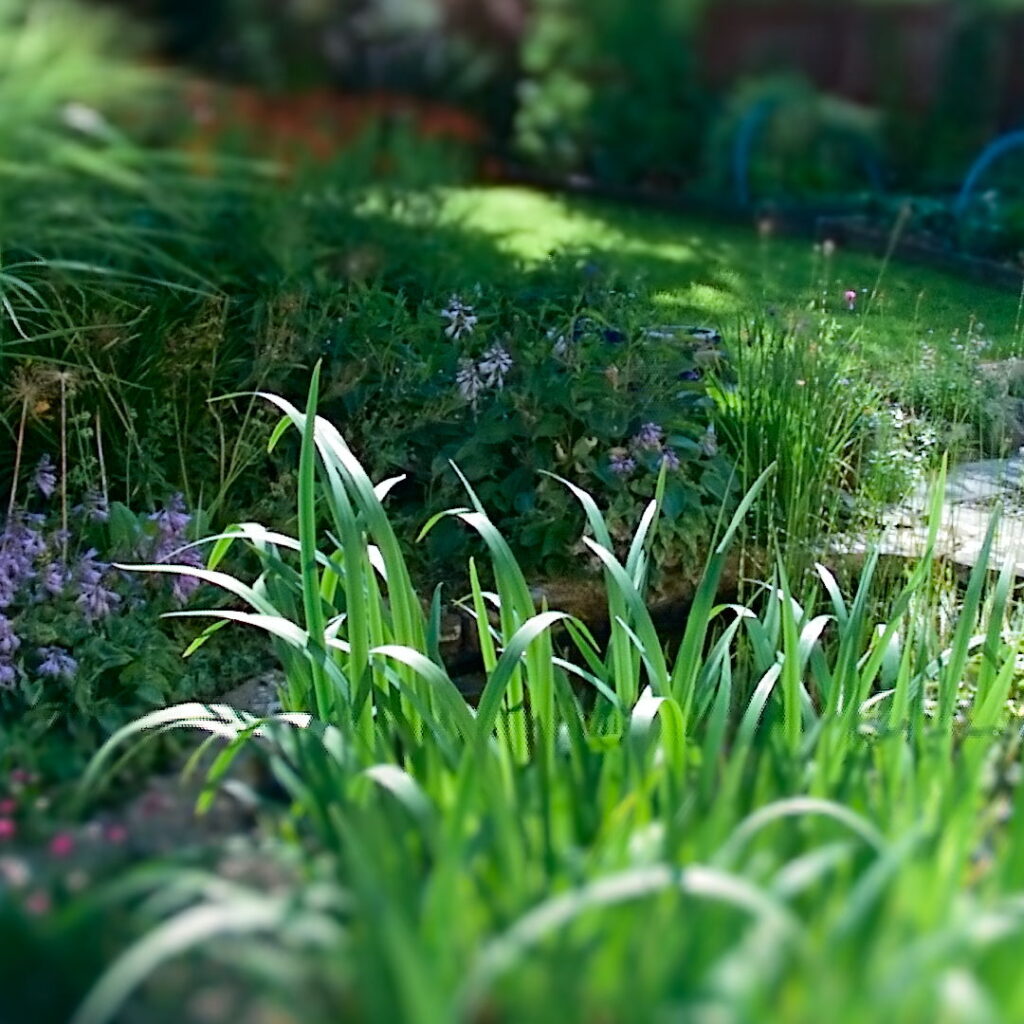
I bought this first generation Lytro camera second-hand in 2023 for £50. Knowing the limitations and ‘janky-ness’ of the image it produces, I was curious to see if anything creative be produced by it (spoiler: no, not really). I have to say, the sensor gives images somewhat like those from early consumer digital cameras from 25 years ago. Plus, some added artifacts from the microlens array over the sensor to produce the depth information. The camera itself feels very solid, well-built in aluminium with a silicone grip. There is a shutter release button on top with a sensor strip for the zoom lens, a power button on the bottom and quite a nice small capacitive touch screen with some limited control over settings and for viewing pictures. It has 8 or 16GB of memory depending on model and a 5.5X optical zoom. Battery life is very good and the camera is quite responsive. It has WiFi capabilities for connection to a smartphone app. All pictures need to be downloaded from the camera over USB using the Lytro Desktop software, where focusing and some editing is possible. Images are 1134 x 1134 from a sensor that has 11 ‘megarays’ capability. As I understand it, when taking a picture, several pixels record the light from slightly different directions through the microlens array, and the choice of those pixels during the processing stage in Lytro Desktop is how ‘what-is-in-focus’ is chosen.

In use, the camera and desktop software are calculating what it thinks are the relative distances of objects in the image, and it can get it wrong. Usually highlights and shadows confuse it, and it thinks these are at the wrong distance leading to things being in or out of focus when they shouldn’t be.
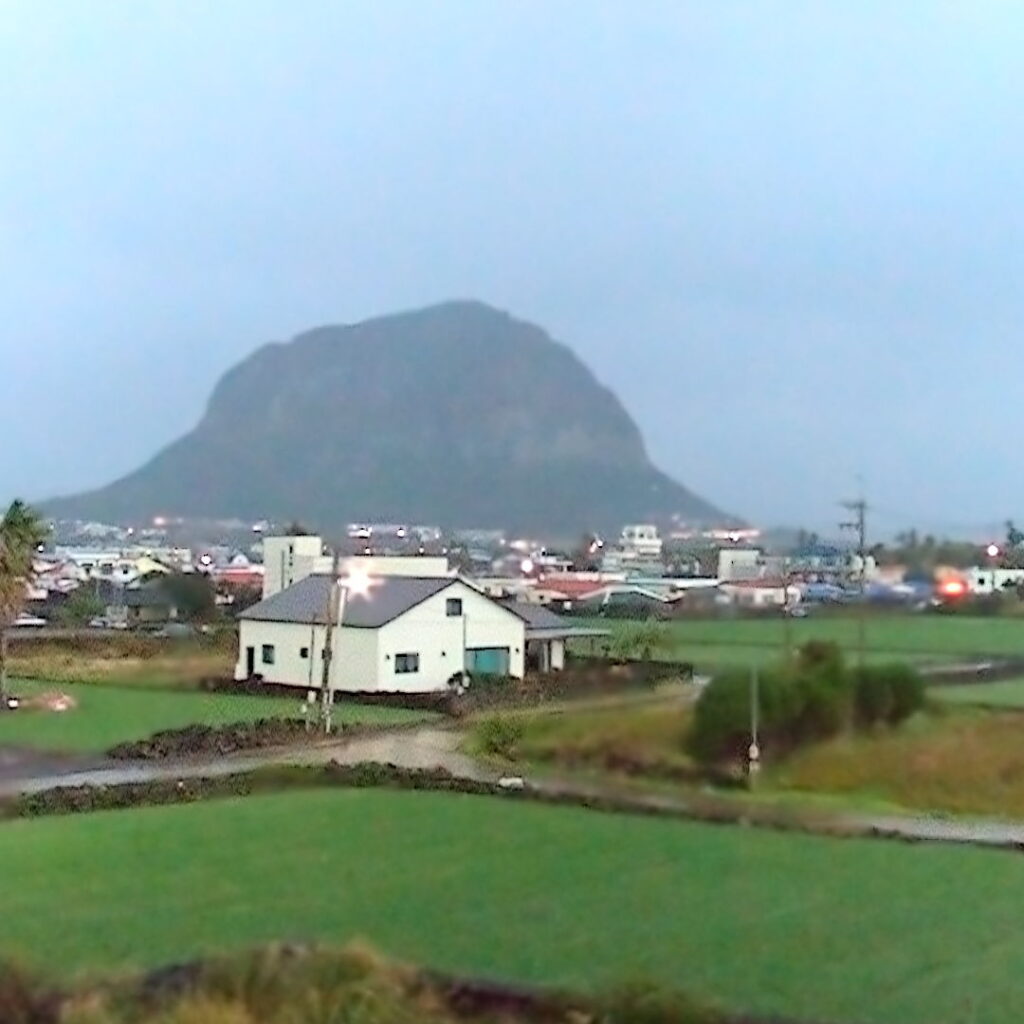
Since the quality of the images isn’t what it’s about, can it produce creative images? Well, I’ve tried to … Interestingly you can make what Lytro call living images and actually see a limited moving 3D image like you would get by closing an eye and moving your head slightly. It’s a 3D image from a single lens!

Unfortunately, I found every picture disappointing. Either the colour and exposure are off, or the camera’s idea of the range of objects is wrong. Microlens artifacts feature in every picture too. However, I’ve found it interesting to use, as long as you have an attitude of low expectation, much like Lomography with out-date-film and weird lenses. If the sensor could be replaced with a normal one and the firmware modified, it would be a decent camera with a large aperture and optical zoom. Some have tried to experiment with it, but really it’s a technology that doesn’t solve creative problems, only creates them.

Share this post:
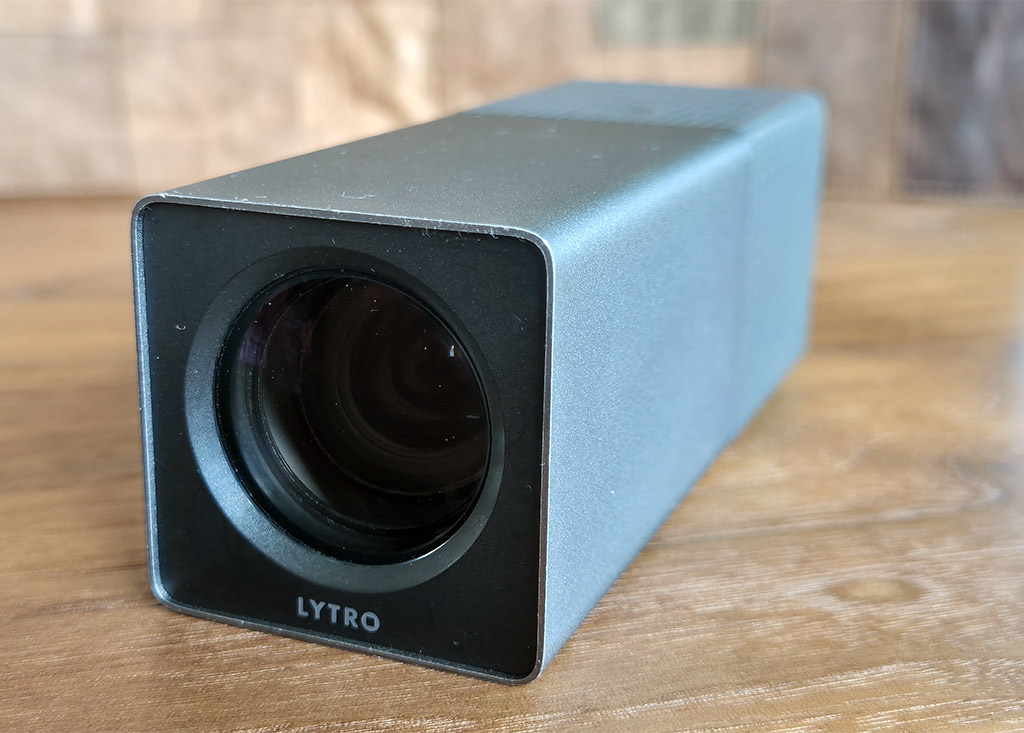
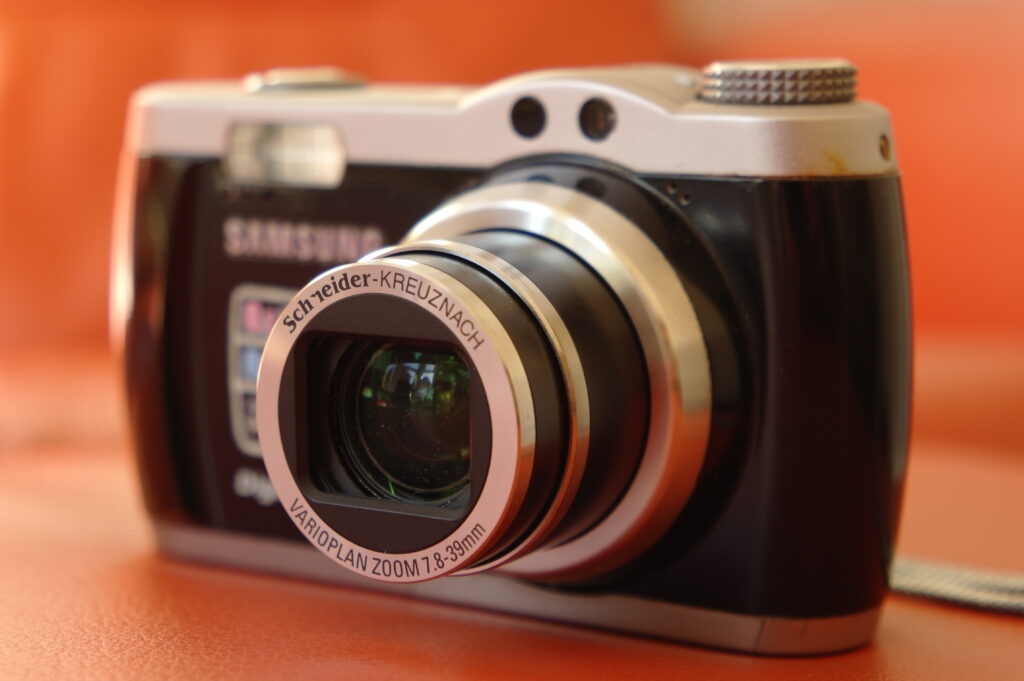
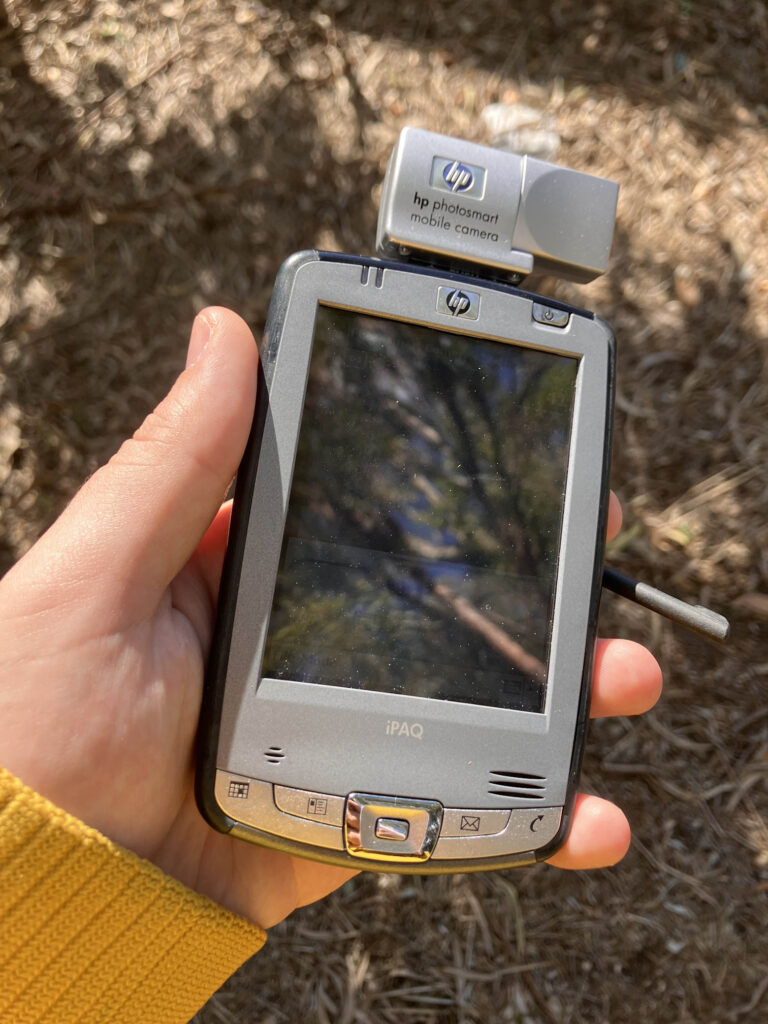
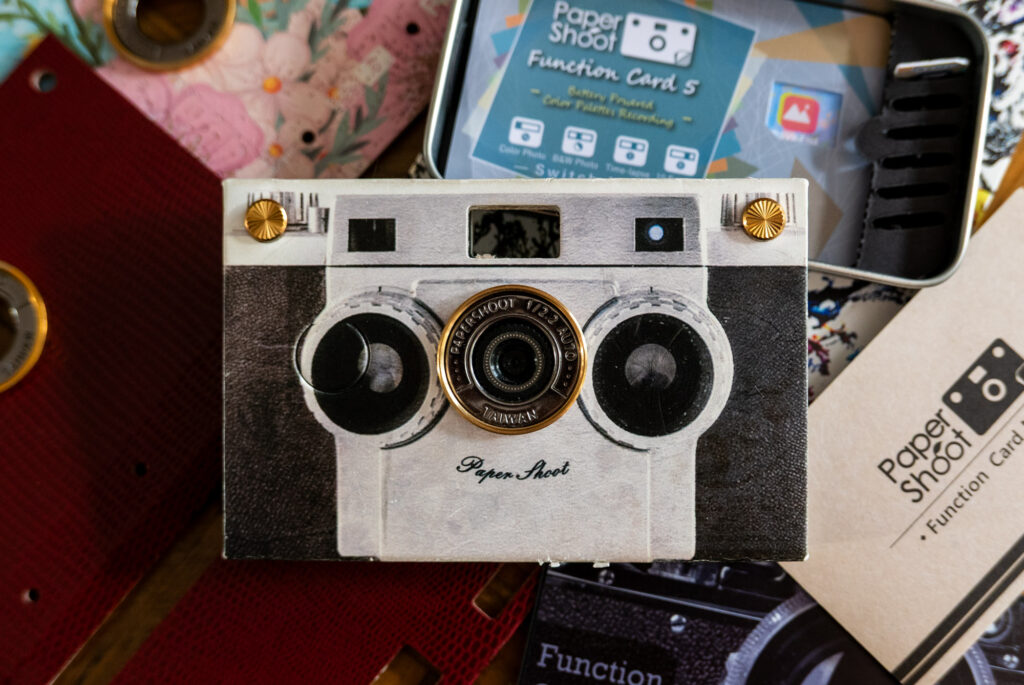
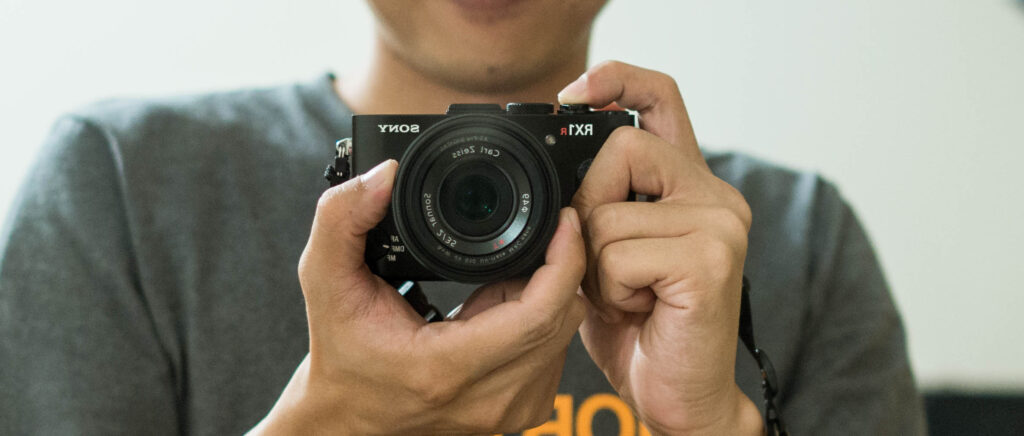




Comments
Greg Hammond on Lytro Light-field Camera – Cutting Edge Jankuary Kit
Comment posted: 24/01/2025
Comment posted: 24/01/2025
murray on Lytro Light-field Camera – Cutting Edge Jankuary Kit
Comment posted: 24/01/2025
Comment posted: 24/01/2025
Gary Smith on Lytro Light-field Camera – Cutting Edge Jankuary Kit
Comment posted: 24/01/2025
They failed.
And tried again.
And failed.
At least they were consistent!
Thanks for your article, I don't think I've ever seen images from a Lytro.
I don't see any 3D shift in that video.
Comment posted: 24/01/2025
Graham Orbell on Lytro Light-field Camera – Cutting Edge Jankuary Kit
Comment posted: 24/01/2025
Comment posted: 24/01/2025
Paul Quellin on Lytro Light-field Camera – Cutting Edge Jankuary Kit
Comment posted: 24/01/2025
Comment posted: 24/01/2025
Jeffery Luhn on Lytro Light-field Camera – Cutting Edge Jankuary Kit
Comment posted: 25/01/2025
My brother, Mark, was always jumping at the newest technology: Insanely expensive VHS editing equipment that created weird spinning transitions, analog to midi convertor setup that allowed a person to have their voice pitch corrected into sax or trumpet tones, odd lighting gear, and of course the Lytro. He never used any of it, other than unpacking it and giving up. He recently moved and offered it all to me, but I have so many cameras, guitars and amps, that I declined. He sold it all to a liquidator for $40. I feel better now that I didn't take the Lytro. Thank you!!!
Comment posted: 25/01/2025
Greg on Lytro Light-field Camera – Cutting Edge Jankuary Kit
Comment posted: 25/08/2025
My current go to for flowers/landscape is the Light L16. Images are beyond anything else.
Jai Lyne on Lytro Light-field Camera – Cutting Edge Jankuary Kit
Comment posted: 05/10/2025